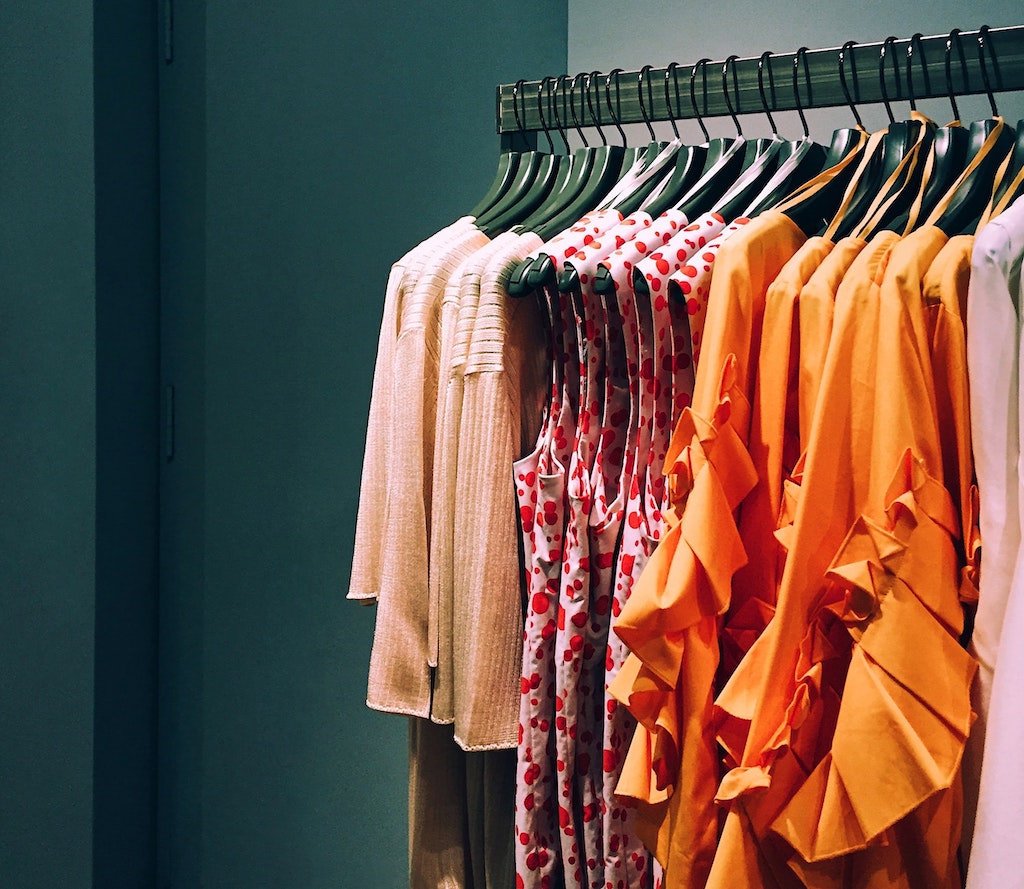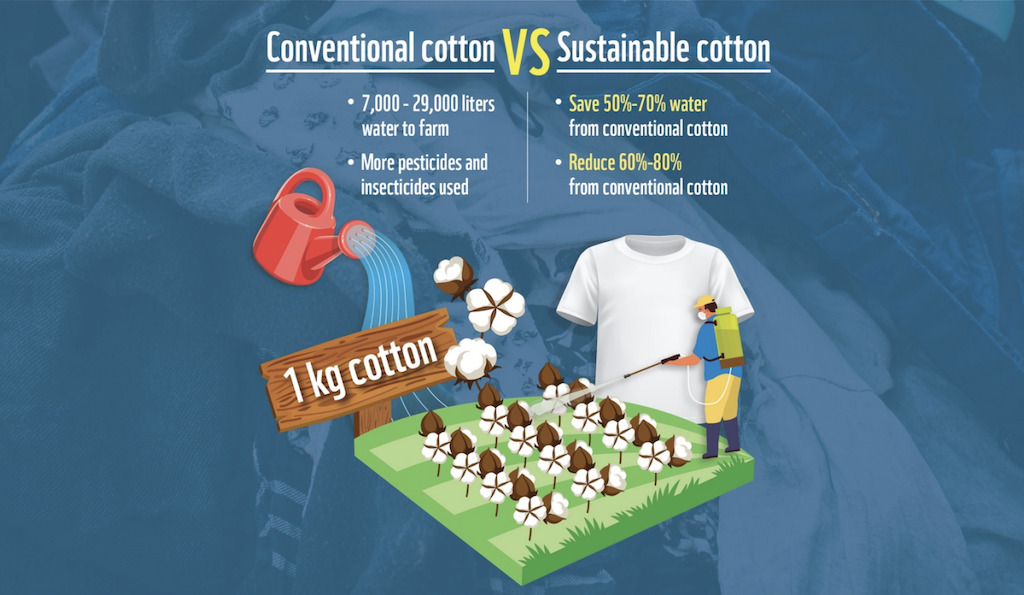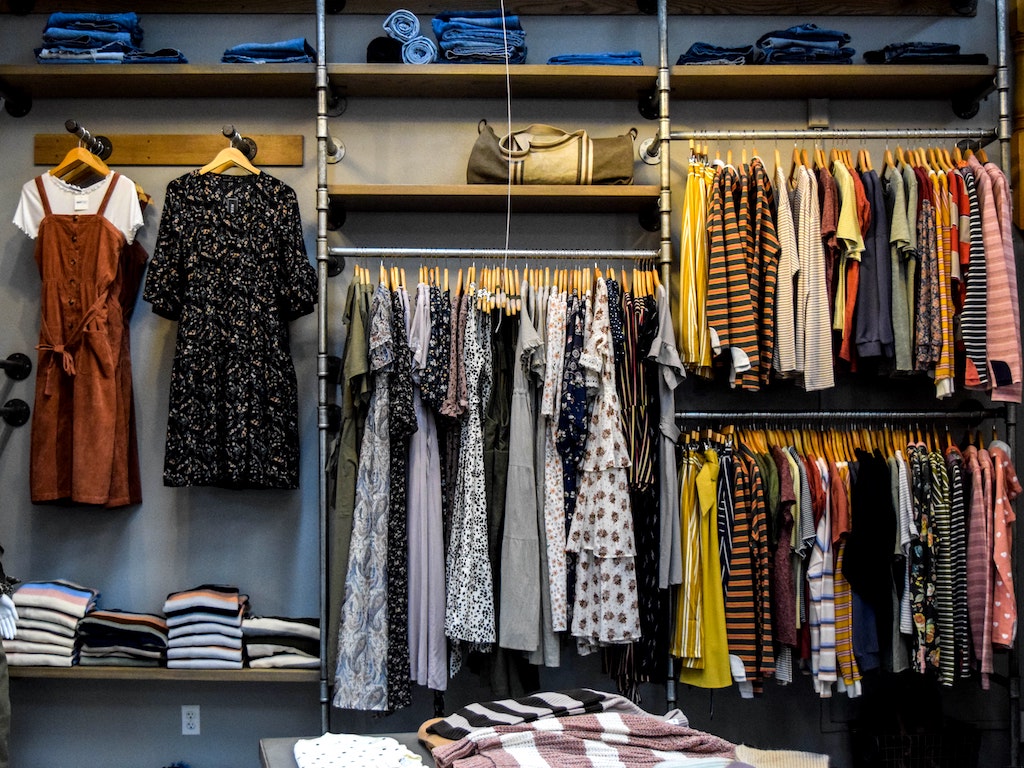4 Mins Read
There’s a major market gap in Hong Kong’s fashion when it comes to sustainable cotton, says a new report from the World Wildlife Fund (WWF). Through surveys, brand reports and on-site visits, researchers at WWF-Hong Kong found that more than 8 in 10 fashion labels available in the local market either do not offer any, or only provide a limited range of sustainable cotton clothing.
A new WWF-Hong Kong report has spotlighted the major “sustainable cotton clothing and information gap” in the local fashion market. The research, based on background examinations into 39 local and global brands’ ESG reports, online stores, surveys as well as on-site visits to 140 stores across Hong Kong from 2019 to 2020, found more than 80% of brands either do not offer or have “low availability” of sustainable cotton clothes.
Low availability of sustainable cotton
Out of all the brands included in the report, only six had made any public pledge to use sustainable cotton and offered designated areas in stores where responsible apparel was displayed. Among them were H&M Baby, M&S, M&S Baby, Muji, Tommy Hilfiger, and Tommy Jeans.

While all international fashion companies surveyed had made commitments to transition to 100% sustainable cotton, the report found that such options could only be found in the brick-and-mortar stores of 13 brands in total. Meanwhile, the use of sustainable labels or sustainable cotton offerings were even more limited among local labels.
“The availability of apparel made from sustainable cotton is low,” committed Christine Cheng, sustainability project officer at WWF-Hong Kong.
“Sustainable cotton policy and labelling can only be found in international brands, whereas the application of sustainable materials among local brands is very limited. Local clothing brands and retailers are not well informed about sustainable cotton. Sustainability is yet to be the factor prioritised by local brands when sourcing raw materials.”
Cheng added that there was an overall lack of transparency when it comes to offering shoppers information that would “enable consumers to make informed shopping choices.”

What’s the problem with cotton?
WWF-Hong Kong said the primary focus of the fashion report was on the use of sustainable cotton because of the material’s significant impact on the planet. Cotton is currently the most widely used natural fibre, making up a quarter of the world’s fibre production. It uses up large amounts of water, is linked to soil-degrading and emissions-intensive pesticides and herbicides.
The organisation says that there is an urgent need to shift away from conventional cotton production to more sustainably produced cotton, such as Better Cotton Initiative (BCI), organic cotton, recycled cotton, and Fairtrade cotton. It also says that Hong Kong’s fashion market currently lacks standards and rules to accelerate the transition away from traditionally-produced cotton, from the absence of an eco-label system or cotton recycling infrastructure.
Karen Ho, head of corporate and community sustainability at WWF-Hong Kong, believes that Hong Kong’s failure to build out its cotton recycling infrastructure is a missed business opportunity.
“Recycled cotton has a high market potential,” explained Ho. Beyond diverting waste and promoting a circular economy, Ho says that Hong Kong could become an “industry leader and develop as a recycled cotton centre by investing more resources in post-consumer waste collection, material cleaning and cotton fiber recycling.”

Read: New Hong Kong documentary ‘reFashioned’ spotlights local circular fashion pioneers
Consumers must reduce
Ultimately, Ho believes that Hong Kong consumers have a responsibility to take action too. Earlier this year, a study commissioned by local nonprofit Redress revealed that a third of apparel in Hong Kong residents’ wardrobes were never worn at all. It also exposed the prevalent throwaway culture, with 40% of consumers keeping their clothing for just one year or less.
“The clothing industry should shoulder the responsibility of providing more transparent information to allow consumers to make sustainable choices,” said Ho. “[But] at the same time, consumers need to shift their mindset from impulse buying to conscious consumption.”
She recommended Hong Kong shoppers to make sustainable fashion switches, such as buying preloved goods, sharing through clothing swaps, or upcycling and repurposing their fashion items.
Lead image courtesy of Unsplash.




